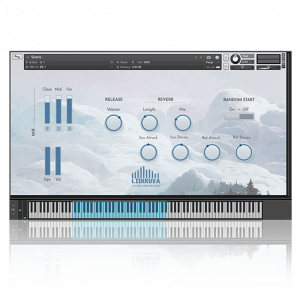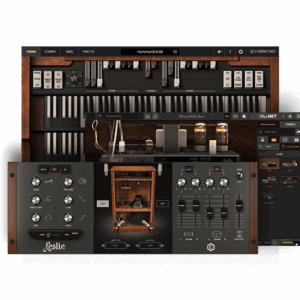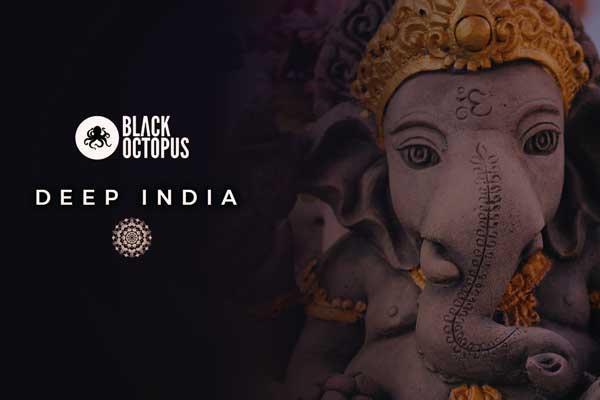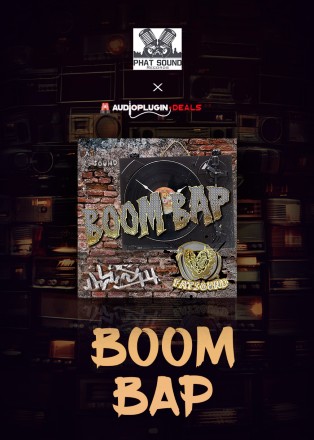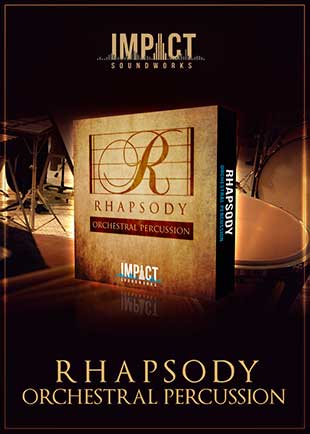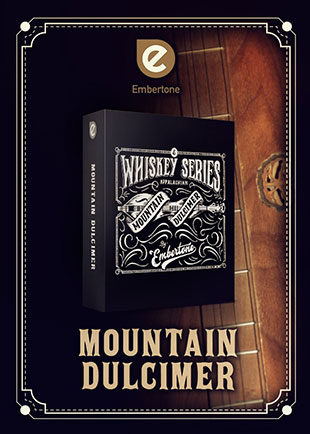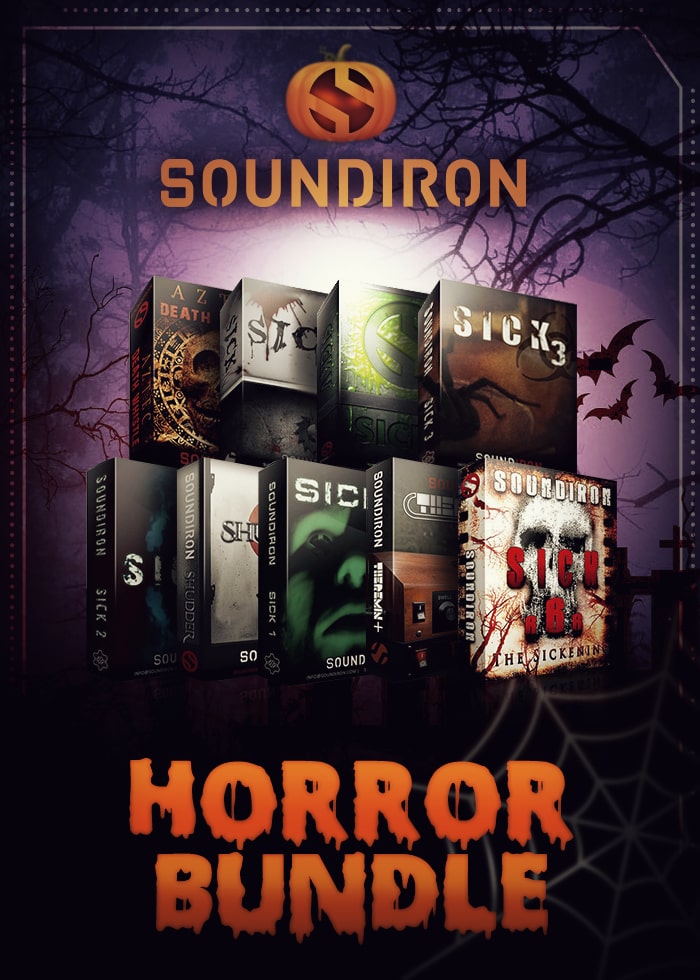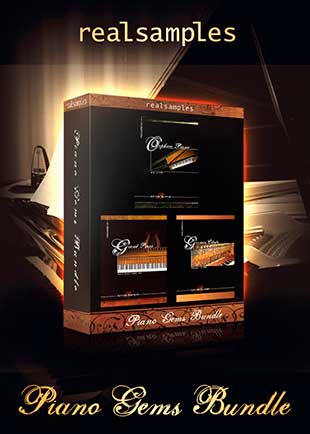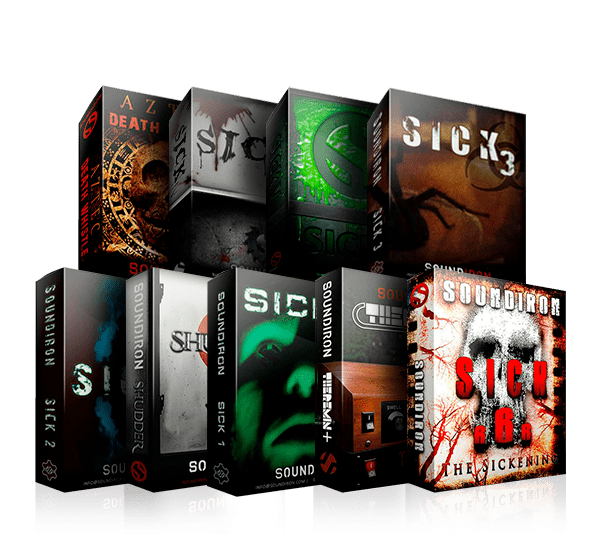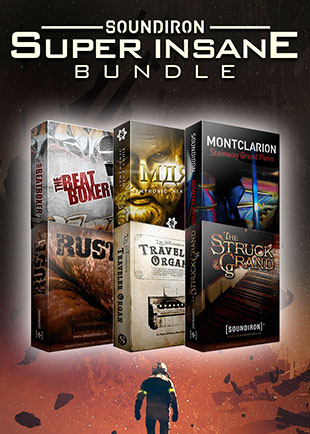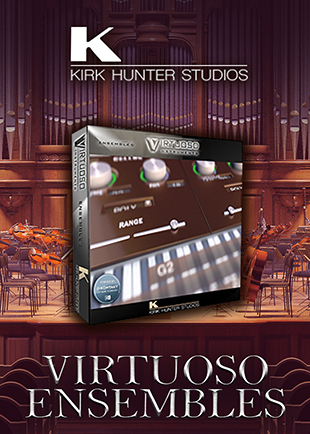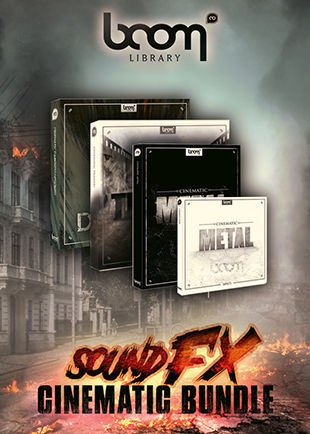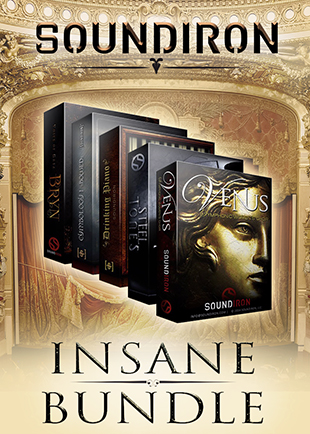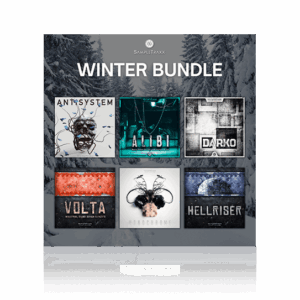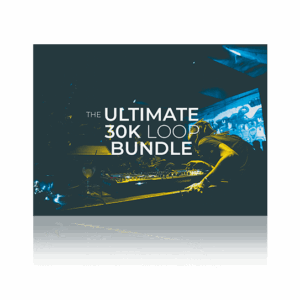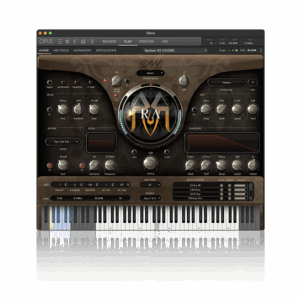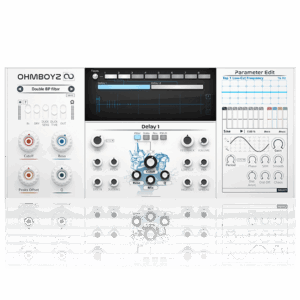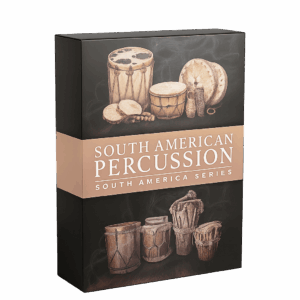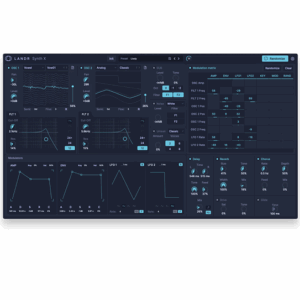This is a must have Loop Library.

Deep India is comprised of unique recordings of loops and samples inspired by traditional Indian music. The sample library is designed to help aid and embellish your music productions, ideas, and compositions.
Black Octopus gives you access to an incredible selection of traditional live instruments, vox samples, phrases, and various loops that can be chopped, processed, and rearranged.
[ez-toc]
Who Is This Sample Pack For?
This sample pack is ideal for anyone looking to experiment and take their music in a new direction.
Yes, the title says ‘Deep India,’ but don’t let that stop you from incorporating the samples and loops into genres such as; Lo-Fi, Dubstep, Hip-Hop, Trap, Deep Nu Disco, etc.
The Library’s limitation is governed by the creator, not the title of the sample library.
Music Production is an art that is constantly evolving. Even when you feel as if you’re getting to a point where you’re comfortable, there’s always something that can be done better.
There’s always something you can learn from each song, composition, or failed idea.
Some Of The Instruments included In Deep India
Mridangam is one of India’s oldest and most commonly used percussion instruments and is used in numerous musical genres, from classical to contemporary.
The Tabla is made up of two drums, Dayan and Bayan, which are placed side by side with a gong-like effect. The Dayan drum is made up of a wooden bowl and is played with the fingers and palms. The Bayan is made up of a metal shell and is played with a stick.
Kanjira is a frame drum that is struck with the hands, producing various sounds and rhythms. This instrument is well-suited for both solo and ensemble performances.
The Dholak is made from wood, with two drum heads. It is usually played with one hand while the other holds a stick with which the drum is struck. The sound of the Dholak is very deep and resonating, and its unique sound has made it a popular choice for music production.
Udakkai is a type of cylinder shaped drum typically made of wood and contains a membrane stretched across its top. The membrane is usually covered with a cloth to dampen the sound, and the drum is played with two sticks.
Sample Loop Library Organization
The Library’s loops are broken down into single instruments (stems) and ensembles and are BPM labeled. Those BPMS are; 105 BPM, 110 BPM, 115 BPM, & 120.
Ensembles (Ens) help a producer jump right into beat making, sort of like using a kick starter.
The singular instrument loops allow the producer to reconstruct their own loops vs being married to what’s in the ensemble.
Listening To Deep India (Video)

Questions Beginners Ask About Sample Libraries/Sample Usage
If you’re just diving into the world of music production, there’s a good chance that you’ve heard about Royalty Free Samples.
What they are, where to get them, and possibly encountered or even taken part in lengthy discussions on social media regarding using samples.
Here are some of the most common questions beginners have regarding using royalty free sample libraries.
What Is Sample Chopping?
Chopping samples is a technique used by producers and beatmakers that involves slicing or cutting a sample into smaller sections. This is done so the producer can manipulate the original sample into variations and arrangements.
Some producers have perfected this technique in such a way that they can chop samples and rearrange them to the point where they become unrecognizable when compared to the source.
Is It Okay To Use Loops As a Music Producer?
Yes, it’s perfectly fine to use pre-made loops and samples within your music if you have permission. When your purchase loops and sample packs, they come with terms outlining how the loops are meant to be used.
Is Using Loops Cheating?
No, using loops isn’t cheating. Although, some music producers will look at using loops, especially uncreatively, as an easy way out.
Tips For Chopping Deep India Loops
Now that you know what chopping is and that it’s not cheating, let’s look at ways to maximize the usefulness of the sample Library using some simple chopping techniques.
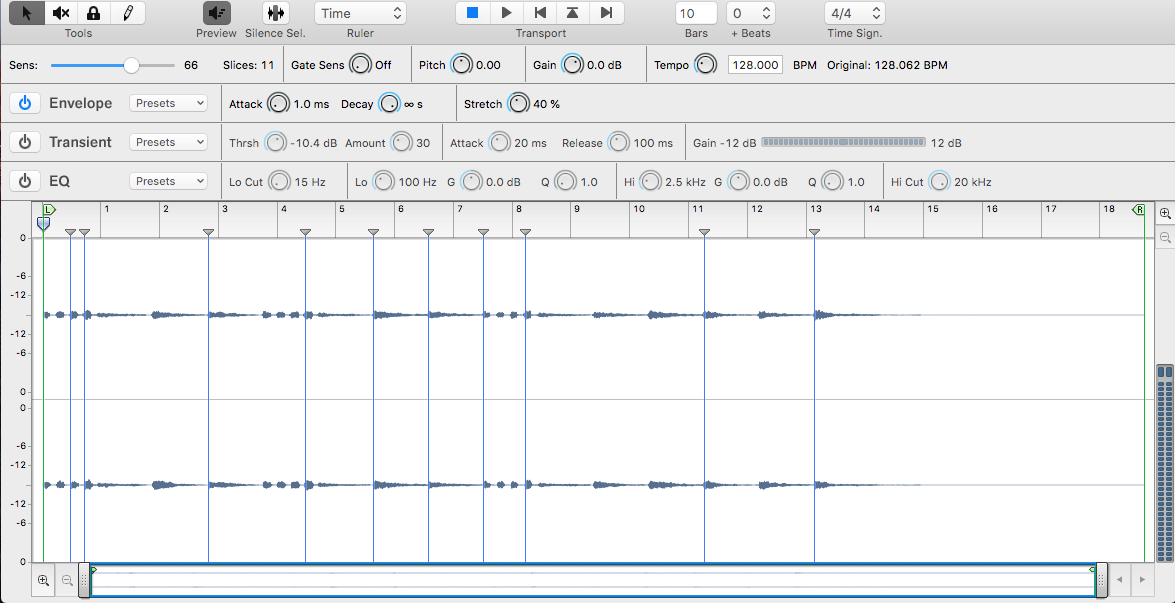
Create One Shot Samples
Take the percussion loops and load them into your sampler of choice. Most DAWs have a stock sampler. If this is not the case, download a free sampler or manually chop the same within your DAW.
What you’re aiming for are the isolated one shot samples:
- Tablas
- Hand Drums
- Claps
- Shakers
- etc
Name and export each chop, then put them in a new folder within the same sample pack (Deep India). This way, you’ll always have access to them.
Chop Percussion Loops Into Even Pieces
Create your slices (or chops) using time division. For example, some samplers will allow you to do quarter, half, or eighth note chops. The idea behind these time based chops is to have even pieces of a sample that you can retrigger in any order.
So, for example, if you have a 4 bar percussion Loop, you can chop it into quarter notes, giving you 16 neat little slices. Each slice being a quarter note in length.
The benefit of having these one shots and chops etc., is flexibility, as mentioned above. In addition, the chops will allow you to resemble the original drum loop with variations or create completely unique drum/percussion lines.
Conclusion
This is a great Sound Library, especially for those who don’t typically use Ethnic Sounds in their music or seek inspiration and want to step out of the box a bit.
We, as music producers, often fall into or get trapped in our comfort. We are prideful of our creations and the steps we take when creating.
We want everything to be made from scratch, from the recording process to the processing. So much so that we lose sight of the bigger picture, which is to create good music.
This doesn’t mean you have to use loop libraries within your music but don’t overlook their power.
Transcribing what you hear and reconstructing it or parts using your own sounds can be just as powerful and sometimes more than using the raw audio from the library.
Don’t be afraid to let go and explore.
